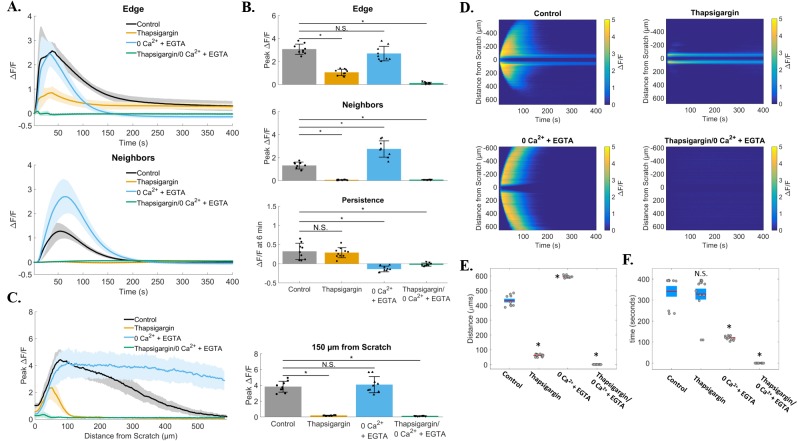Figure 5. Quantification of zero calcium and thapsigargin treated groups.
(A) Traces show ΔF/F plotted through time for wound edge cells (upper traces) vs. neighboring cells (lower traces) in control, thapsigargin, 0Ca2+ + EGTA, and thapsigargin/0Ca2+ + EGTA treated groups. (B) Summary of peak ΔF/F analysis from wound edge cells and neighboring cells, and persistent calcium signaling at 6 minutes, for each condition tested. Compared with control, peak ΔF/F was blocked in cell neighbors from groups treated with thapsigargin (1.3 ± 0.3 vs. 0.06 ± 0.03 respectively), but not with depletion of external calcium (0Ca2+ + EGTA, 1.3 ± 0.3 vs. 2.7 ± 0.7 respectively). Although calcium signaling occurred in 0Ca2+ + EGTA treated edge cells, persistent calcium was completely blocked when compared with control (0.3 ± 0.2 vs. −0.1 ± 0.1 respectively). (C) Total distance of signal propagation away from the wound edge was plotted for each treatment group. Traces and bar graph show that signaling was preserved at the wound edge with thapsigargin, but propagation away from the edge was blocked [0.2 ± 0.1 at 150μm in thapsigargin vs. control (3.8 ± 0.7)]. (D) Kymographs (ROI-independent analysis) reveal that signal propagation is blocked with thapisgargin but remains with removal of external calcium (0Ca2+ + EGTA), while treatment with 0Ca2+ + EGTA blocked persistent calcium at the wound edge. (E) Maximum distance was calculated from kymographs for each group and parallel ROI-based analysis (control: 432.4 ± 38.2μm, thapsigargin: 61.8 ± 7.6μm, 0Ca2+ + EGTA: 593.7 ± 6.6μm, thapsigargin/0Ca2+ + EGTA: 0 ± 0μm). (F) Total calcium persistence from kymographs was also quantified and show that persistent calcium was inhibited in 0Ca2+ + EGTA treated groups (120.4 ± 9.1sec) compared with control (341.2 ± 76.3sec) and thapsigargin (327.9 ± 97.3). Data presented as mean ± standard deviation. *indicates significance from control, P < 0.05 via one-way ANOVA with a post-hoc Tukey's honest difference criterion. N.S. indicates no significant difference. Data represent N=9 in total from 3 independent experiments for each group.

